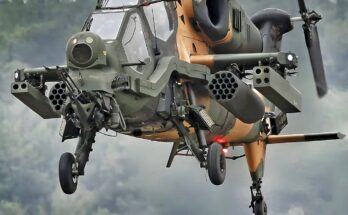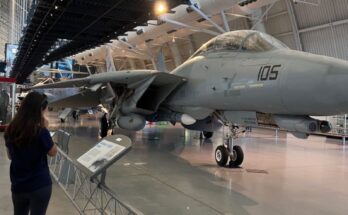
The General Dynamics F-16 Fighting Falcon, particularly the Block 40/42 “CG” variant, has long been a backbone of U.S. Air Force operations. While the sleek design and powerful engine often draw attention, the aircraft’s performance depends heavily on the work of those who keep it mission-ready. Among the most critical of these roles is the F-16 CG Crew Chief, the specialist responsible for daily inspections, servicing, and overall maintenance of the jet.
A crew chief serves as the primary caretaker of the aircraft. Every launch, recovery, and sortie begins and ends with their attention to detail. Before a pilot even straps in, the crew chief conducts a thorough preflight inspection. This involves checking fluid levels, inspecting hydraulic systems, verifying landing gear functionality, and ensuring all panels are secure. They are the last set of eyes on the jet before it leaves the ground, a responsibility that demands precision and professionalism.
The F-16 CG is a complex fighter that integrates advanced avionics, terrain-following radar, and night vision compatibility. These systems require constant monitoring and upkeep. Crew chiefs work side by side with avionics and weapons specialists, but they remain the central point of contact for the aircraft. If an issue arises during flight, the pilot reports it to the crew chief upon landing. The crew chief then coordinates troubleshooting, organizes maintenance teams, and records all actions in the aircraft’s maintenance logbooks.
One of the defining traits of a crew chief is ownership. In many cases, each F-16 is “assigned” to a particular crew chief who treats the jet almost as their own. Pride in keeping the aircraft at peak readiness is deeply ingrained in the culture. From wiping down canopies to ensuring clean hydraulic lines, the smallest details matter. A missed step could ground the aircraft or, worse, put the pilot’s life in danger.
Daily maintenance is only part of the job. Crew chiefs also perform scheduled inspections based on flight hours and calendar timelines. These involve in-depth examinations of the airframe, engine, and systems. For example, after a certain number of flying hours, panels are removed to inspect internal components for wear, cracks, or leaks. These inspections can be physically demanding, requiring work in tight spaces and under challenging conditions, whether in the heat of the desert or the cold of a flight line at night.
The job extends beyond mechanical skill. Crew chiefs must understand technical manuals, follow Air Force instructions, and document every task with precision. Maintenance records are legal documents, and accuracy is critical for both accountability and safety. Clear communication with pilots and fellow maintainers is just as important as turning a wrench.
Despite the hard work, many crew chiefs take great pride in watching their jet take off, knowing their efforts keep it flying. The sight of an F-16 CG roaring into the sky is a direct reflection of their dedication. Without the expertise and commitment of crew chiefs, the aircraft’s reputation as a reliable and capable fighter would not be possible.
In the end, the F-16 CG Crew Chief embodies the principle that airpower is built not just in the cockpit, but on the ground. Their maintenance ensures the mission continues, day after day, flight after flight.


